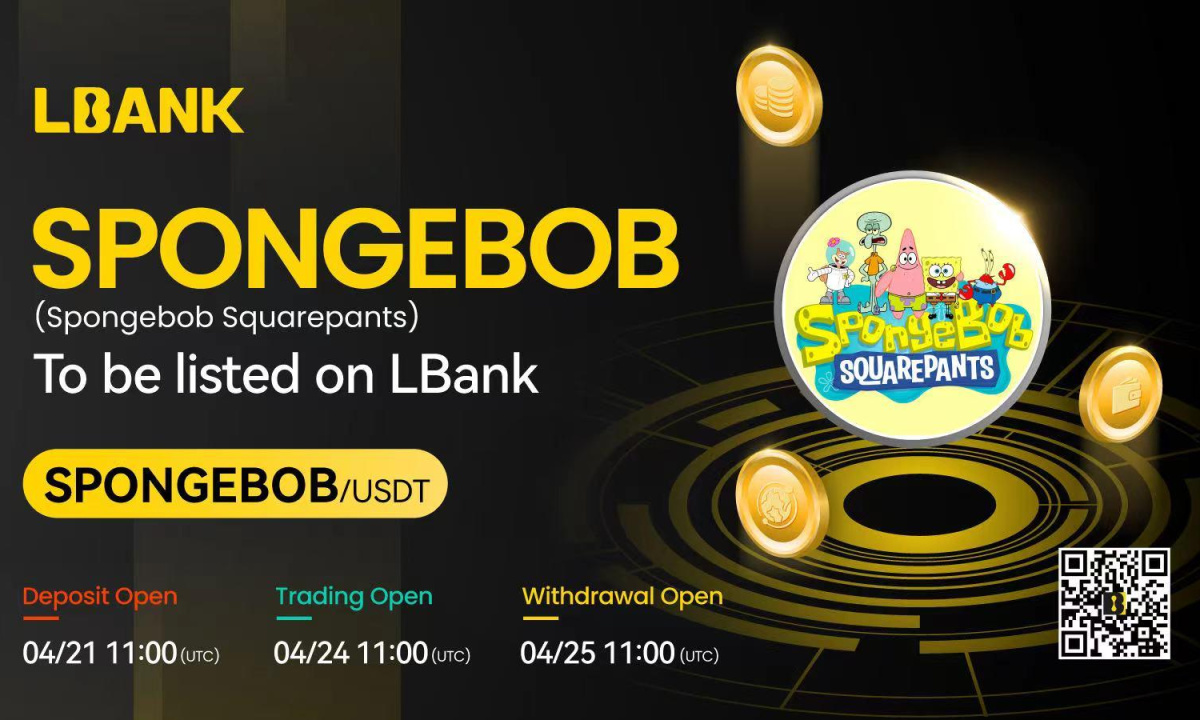Both Cardano and ADA are well known in the Blockchain and crypto community by being one of the few and very real contenders against Bitcoin and the Ethereum network. It is also no secret that it’s founder actually describes it as a 3rd generation platform that will improve on most of what 1st and 2nd gen blockchains have failed to accomplish in terms of adoption, scalability, extensibility, and governance.
Very conveniently for the purpose of this article, a couple of weeks ago Charles Hoskinson, Cardano’s Co-founder and CEO of development firm IOHK, went on a video call to discuss the platforms’ new protocol called Ouroboros Hydra (Hydra), which massively improves in scalability and low latency. In theory, Hoskinson revealed that Hydra could allow the platform to operate at up to 1 million transactions per second, something truly amazing for a blockchain network. Just as a simple comparison, it would outpace by a factor of 600 some of the fastest transaction networks in use by financial applications today such as the Visa network, which is capable of doing 1,700 transactions per second.
So after a big announcement such as the one I have described previously, it is only natural to go back and see how is the current state of the token at an On-chain level with the analytics available on the Pro account of the IntoTheBlock platform, in spite of current world conditions with the COVID-19 crisis and the recent drop on Bitcoins’ price.
The big picture:
We have already posted lengthy descriptions of the In/Out of the Money indicator in the IntoTheBlock intelligence platform, but the best way to summarize it is that it shows the average positions of all holders of ADA organized in its’ 10 most significant groups and compares it against the current price. This allows us to see how many addresses would either make or lose money if they were to sell their ADAs today. At the time of writing ADA’s price is about $0.03022.
So after looking at the IOM indicator, we can see a couple of interesting things. For example:
- Approximately 12.36% of ADA’s holders are “In the Money”, while 82.53% are “Out of the Money”, and only 5.11% are breaking even or “At the Money”.
- There’s a small support level between $0.028434 - $0.024728, and larger resistance between $0.033851 - $0.0389.
- There are many resistance levels that ADA will have to brake in order to reach newer highs.
But what if instead of looking at the number of addresses we organize the same data in terms of number of assets? Check it out below:
Several other interesting things start to appear. In the case of those assets that are “At the Money” it is curious to see that the percentage increased to 18.75%, meaning that these are being held by that 5.11% of addresses that are breaking even.
Large Transactions are profoundly correlated to price movement:
At IntoTheBlock we have always talked about the importance of tracking “Large Transactions” (those larger than $100k) as a good indicator for price movement and we have seen this correlation happening since we added this indicator to our current portfolio of more than 60. So, can you guess how Large Trxs have behaved in these last 3 months?
Notice how Large Trxs gradually increase from December 2019 to mid-February 2020 when the price of ADA reached it’s high of $0.0720, followed by a steady contraction through the end of the month. Afterward, there’s an interesting spike of Large Transactions that coincides with the recent sudden crash of man cryptocurrencies, signaling a big sell-off from investors.
ADA is highly decentralized, much more than other assets:
Cryptocurrencies are highly volatile and it’s no secret that large players have an influence on this phenomenon, therefore as part of IntoTheBlocks’ analytics there’s a chapter on Ownership that gives a measure of exposure to Whales (addresses with more than 1%) and another group called Investors (addresses with 0.1% - 0.99%).
You’d be amazed how many cryptocurrencies have large amount of assets concentrated in very few number of addresses, but the case of Cardano is different as roughly 60% of tokens are being held by retail addresses.
Cardano’s community is still very active:
Everyone knows that the community behind any crypto project is important, not only because they’re the ones that relate to the project, but because traders, investors, and enthusiasts run nodes and speak their minds about where these projects should go.
Looking at Cardano’s Social indicators the picture looks enthusiastic. There is still a lot of Telegram members and tons of support on their GitHub site. Twitter, on the other hand, sends mixed signals as the majority of current tweets have a Neutral connotation.
Conclusion:
Big announcements don’t always generate immediate responses.
It’s worth noting that we are also living in complicated times where the world is living unprecedented events, and it is easy to underestimate what companies and crypto projects are doing to improve their systems, increase efficiency, and provide better services.
Cardano is a strong project that shows good and healthy signs when looked from an On-chain standpoint, but I can only imagine how the market will react if the 1 million transactions per second goal is actually reached in the near future.
Investment Disclaimer






